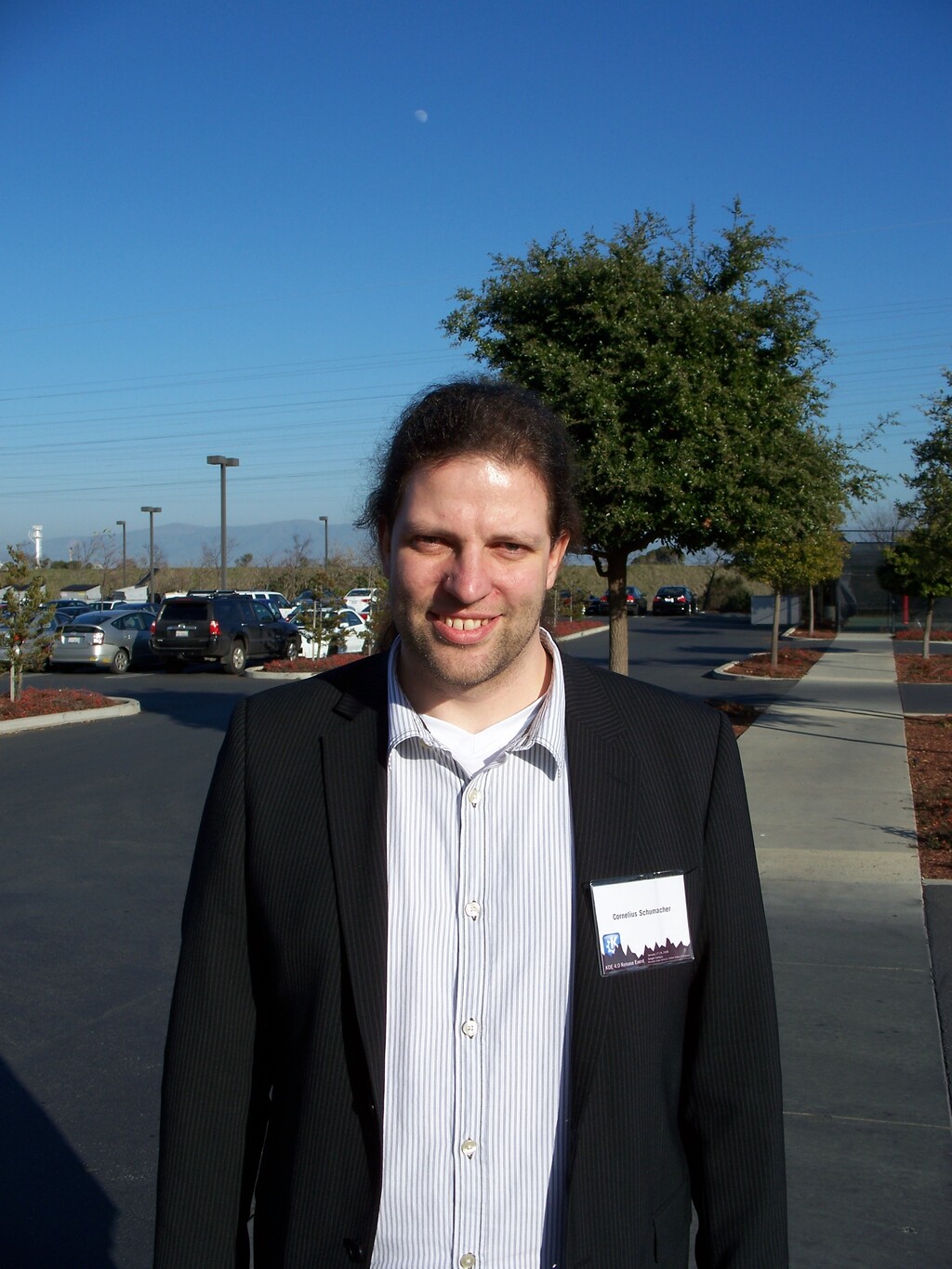When the initial release of Qt was published in 1995, it was one of the first projects to use a dual-licensing model. This model, LGPL and a proprietary commercial license today, has served the project well for more than 25 years. It is less well known that the dual-licensing model is supported by a community contract which guarantees the freedom of Qt beyond what is in the license covered. This contract is maintained by the KDE Free Qt Foundation and has kept Qt free through multiple acquisitions and other turbulences.
This presentation will explain the community contract, how it augments the dual-licensing model, and how it has evolved and served its purpose for 25 years and counting. It will also discuss what are the lessons learned and how it can serve as a model for projects today.
The KDE Free Qt Foundation was born from a heated dispute about open source licenses in the late nineties. It resulted in a unique mechanism to ensure software freedom for the Qt and KDE ecosystems through a contract between the community and the company owning the project. It has stood the test of time and got the community a seat at the negotiation table going through multiple acqisitions.
The contract between the KDE Free Qt Foundation and what is today The Qt Company gives the community a say in any license changes to Qt. It guarantees that there is the base for a sustainable model to provide Qt under an open source license and a corresponding open source based business model. With this it goes beyond what licenses cover. It is the counterpart to CLAs as it's constructed asymmetrically in favor of the community. That it has preserved the freedom of Qt through multiple acquisitions, among them Nokia buying and selling the technology, is a testament for the effectiveness of this setup.
The presentation is based on a series of conversations with the people involved and first-hand experience from serving as a representative of the KDE Free Qt Foundation.
